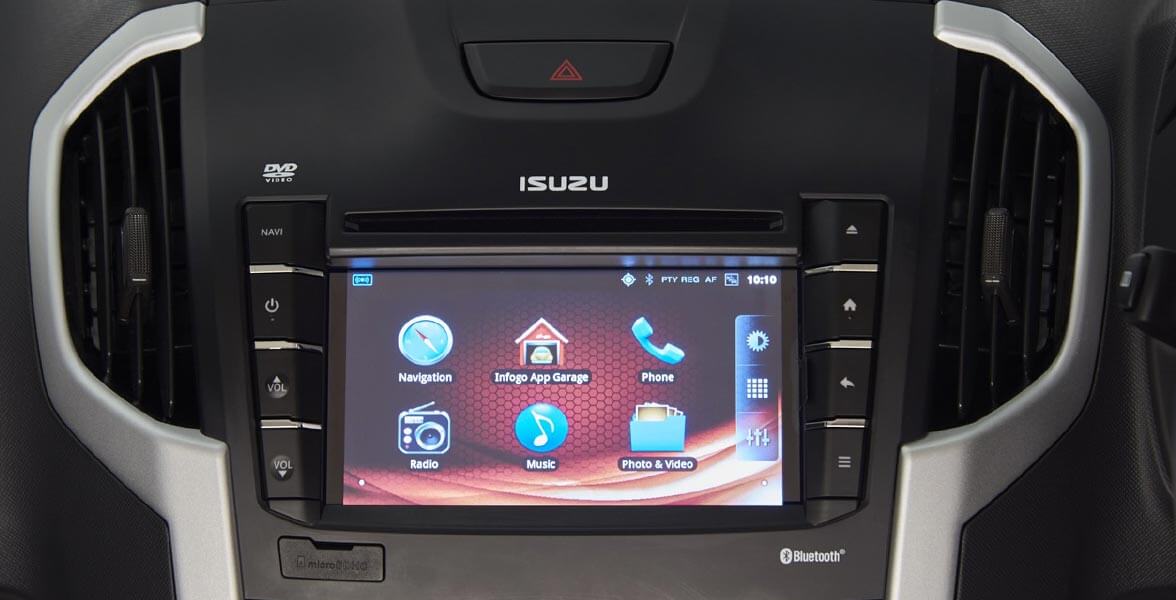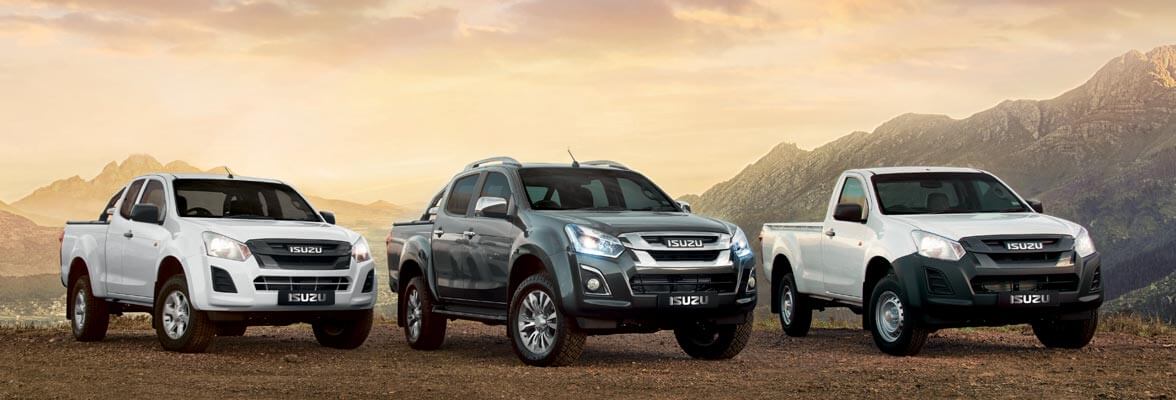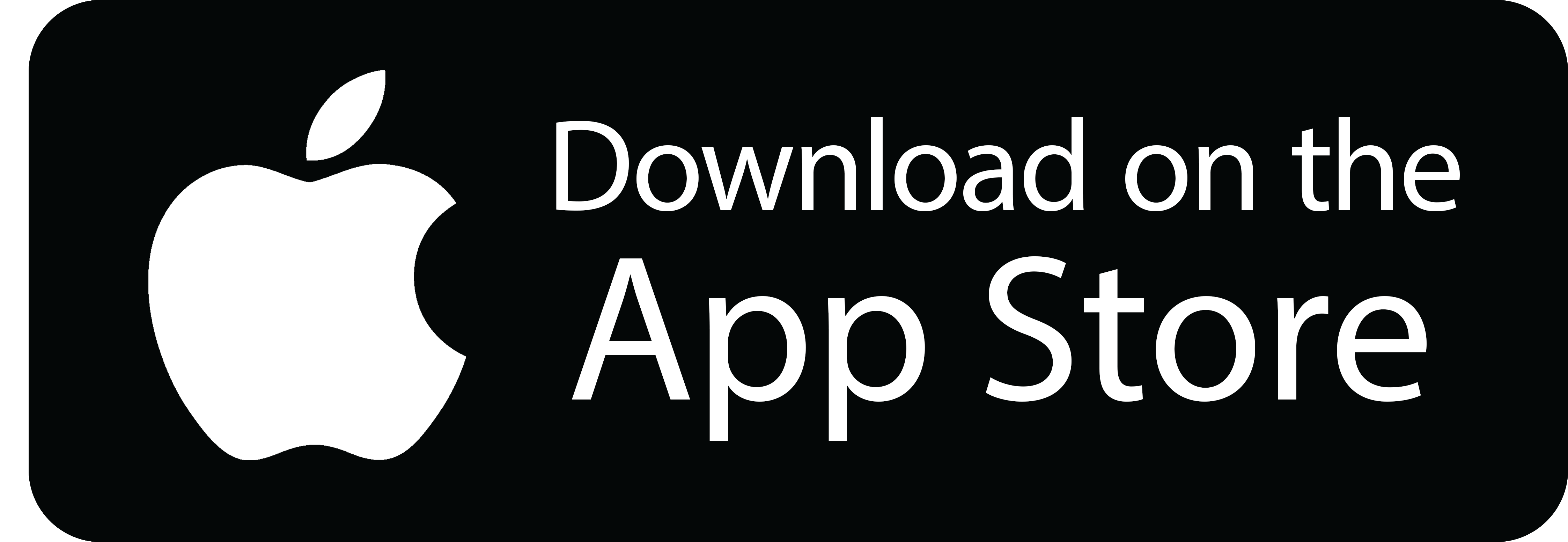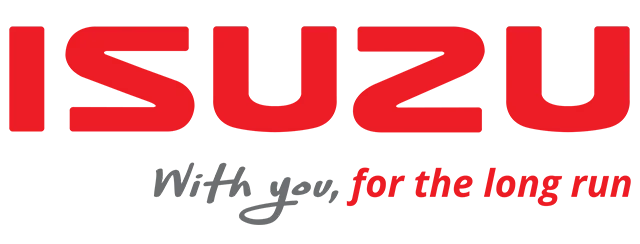The updated Isuzu KB hopes to cement its place as volume seller in the local double cab bakkie market with a few cosmetic upgrades for 2016/2017.The double cab bakkie market in South Africa is one of the most hotly contested segments in the auto industry, and it is set to become even hotter with new entries from the likes of Fiat, VW and Mercedes-Benz. Indeed, even the luxury German marque is set to debut a double cab bakkie – albeit with a luxurious upmarket pickup with a price tag to boot – predicted to sell in relatively limited numbers. In the trenches where the volume of sales occur you have the evergreen Toyota Hilux, the imposing new Ford Ranger, soon-to-be-released new Navara, and of course the stalwart Isuzu KB. Isuzu is hoping to cement its place as the third biggest bakkie manufacturer (by volume) and challenge Ford and Toyota at the top with a timely update to its KB range of Single, Extended and Double Cab bakkie offering.
Subtle Exterior Updates – Still Unmistakably KB
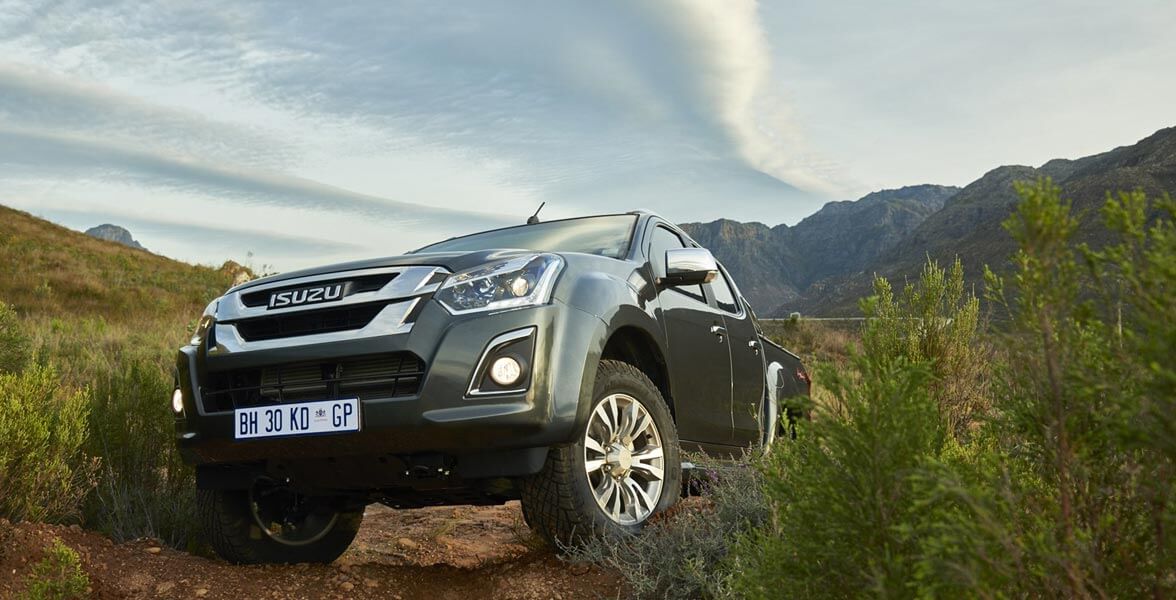
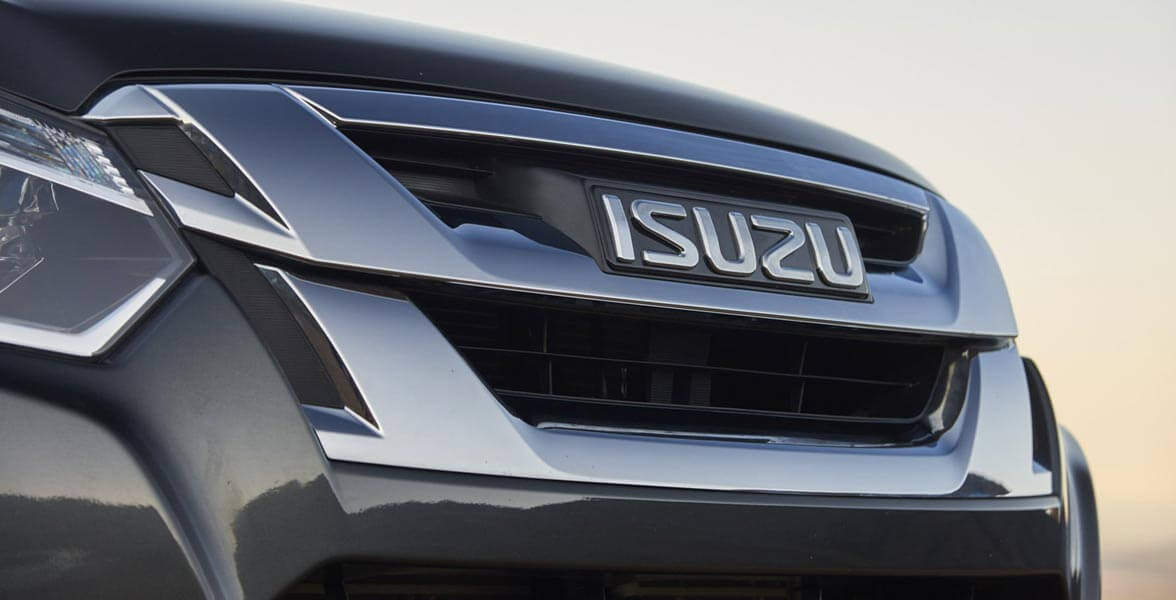 “The new KB looks a lot sleeker and streamlined with a new instrumentation cluster design, improved sound system while maintaining all the key Isuzu characteristics we have come to love. In addition to the new look, 3 litre 4×4 LX Double Cab customers will benefit from additional value as these models now come standard with a towbar, sportsbar, roofrails and power adjustable leather seats,” says Brian Olson, Vice President Vehicle Sales, Service, and Marketing General Motors Sub-Saharan Africa.
“The new KB looks a lot sleeker and streamlined with a new instrumentation cluster design, improved sound system while maintaining all the key Isuzu characteristics we have come to love. In addition to the new look, 3 litre 4×4 LX Double Cab customers will benefit from additional value as these models now come standard with a towbar, sportsbar, roofrails and power adjustable leather seats,” says Brian Olson, Vice President Vehicle Sales, Service, and Marketing General Motors Sub-Saharan Africa.
Efficient, Powerful Performance
The 2016 range continues with the proven 2.5 and 3.0 litre diesel engines. The powerful 3.0-litre DTEQ turbocharged diesel with 130kW and 380Nm from the common rail direct injection turbodiesel does duty in top of the range LX models. Key features in LX halo models include a touch screen infotainment system with satellite navigation, internet, WiFi, and smartphone integration. The screen – a 1080p high-definition TFT unit with a generous 6.5-inch dimension – also acts as the display when browsing, or using the DVD player.